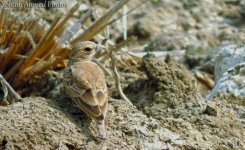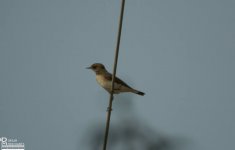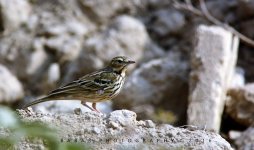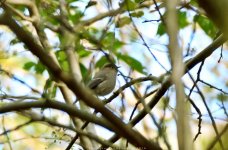Please could someone confirm
female Variable Wheatear?
female Black Crowned Sparrow lark?
Tree Pipit?
Juvenile Sparrowhawk?
female Variable Wheatear?
female Black Crowned Sparrow lark?
Tree Pipit?
Juvenile Sparrowhawk?
Attachments
Last edited:









